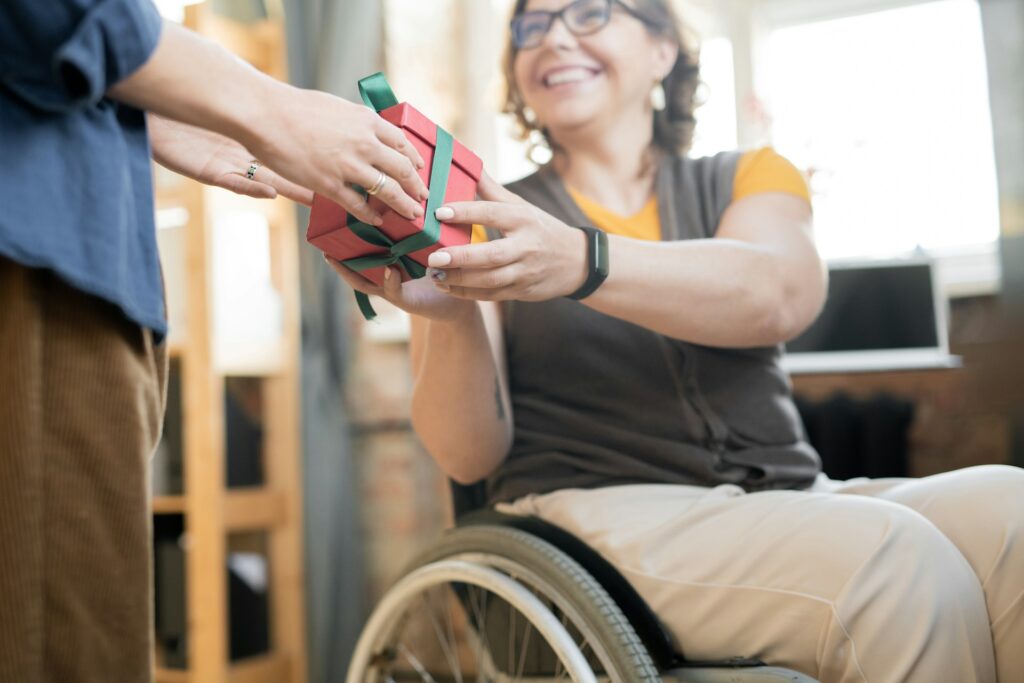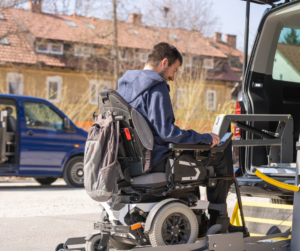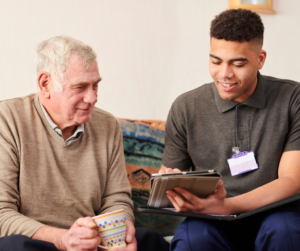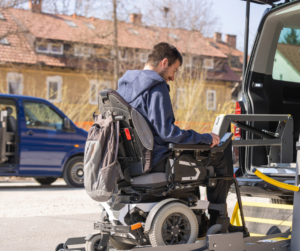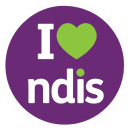Effective communication lies at the heart of building trust in healthcare, especially when it comes to individuals with diverse abilities. In this article, we explore essential communication strategies that healthcare providers can adopt to ensure an disability-inclusive healthcare and respectful environment for all patients.
Understanding Diverse Communication Needs:
Individuals with disabilities may have unique communication needs. Providers should be attuned to these needs, which can range from alternative communication methods to the use of assistive technologies. By understanding and accommodating these diverse communication styles, healthcare professionals can establish a foundation of trust.
Clear and Accessible Communication:
Clarity is crucial in healthcare communication. This involves using plain language, avoiding medical jargon, and ensuring that information is presented in an accessible manner. Visual aids, written materials, and digital formats can enhance understanding for individuals with different abilities.
Respectful Interactions:
Respectful interactions are fundamental to fostering trust. Acknowledging each person’s autonomy, involving them in decision-making, and actively listening to their concerns contribute to a positive healthcare experience. Creating an environment where individuals feel heard and respected builds a strong foundation for trust.
Adaptability and Flexibility:
Healthcare providers should embrace adaptability and flexibility in their communication approaches. Recognizing that each individual is unique, with varied preferences and needs, allows for a tailored communication strategy. Being open to adjusting communication methods ensures that everyone receives information in a way that suits them best.
Training and Education for Healthcare Professionals:
Continuous training and education are essential for healthcare professionals to stay informed about best practices in disability-inclusive communication. Workshops and courses can enhance providers’ skills, increase awareness, and promote a culture of inclusivity within healthcare settings.
Accessible Facilities and Information:
Communication extends beyond verbal interaction. Ensuring that healthcare facilities and information are physically accessible is equally important. This includes providing signage in various formats, offering communication assistance services, and ensuring that all areas are designed to accommodate diverse abilities.
Feedback Mechanisms:
Establishing feedback mechanisms encourages individuals to express their thoughts about their healthcare experience. This not only helps identify areas for improvement but also demonstrates a commitment to continuous enhancement of disability-inclusive communication practices.
Conclusion:
In conclusion, building trust through effective communication in disability-inclusive healthcare requires a multifaceted approach. By understanding diverse communication needs, fostering respectful interactions, embracing adaptability, providing ongoing training, ensuring physical accessibility, and incorporating feedback mechanisms, healthcare providers can create an environment where trust flourishes, ultimately leading to improved health outcomes for all individuals.



